Belgian modern: we explore the brick curves of Renaat Braem’s Maison Alsteens
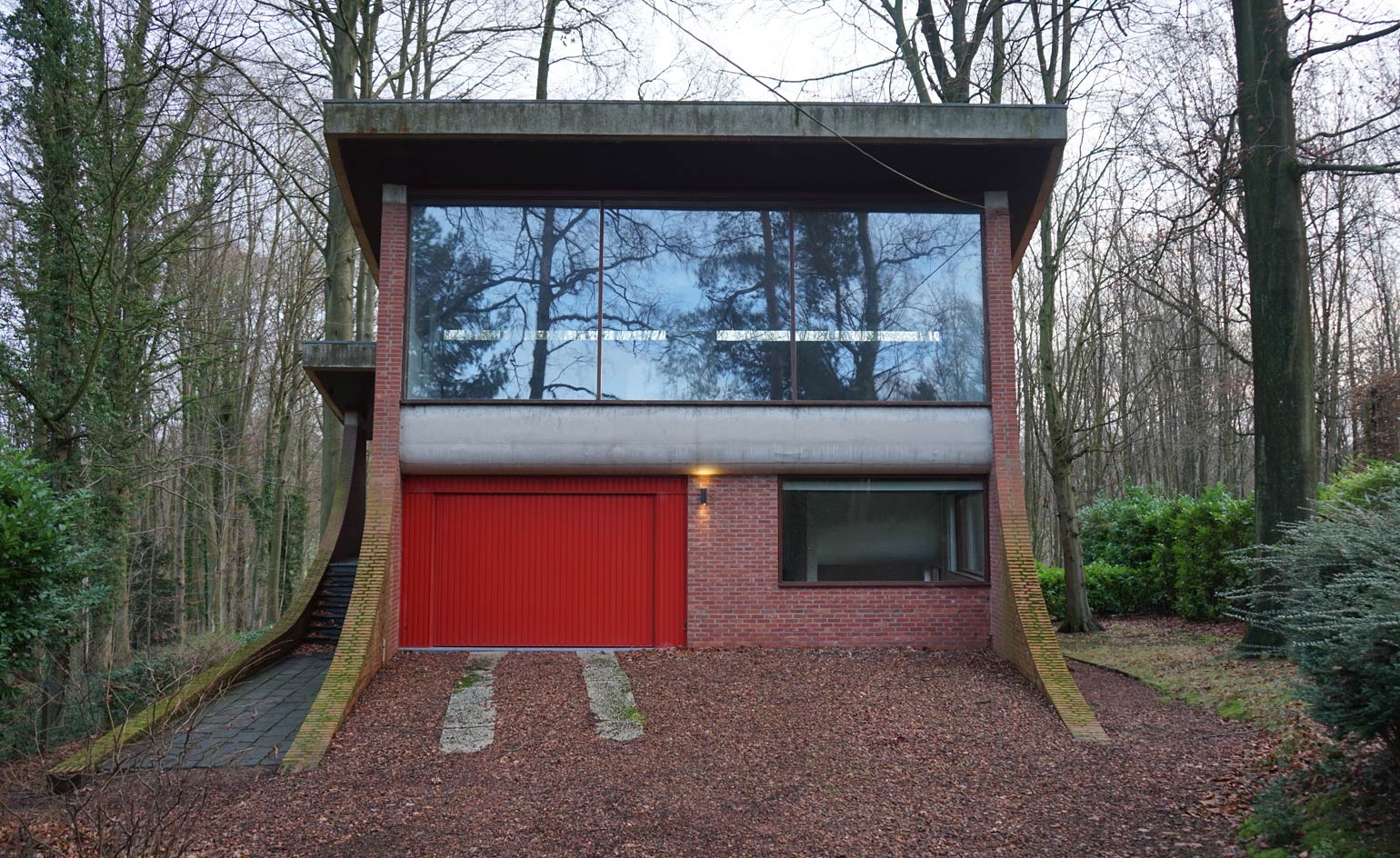
Located in the serene forests of Overijse, a quiet residential community south of Brussels, House Alsteens is the brainchild of one of the most respected Belgian modernists, Renaat Braem. You’d be forgiven not to recognise the name. He, like many of his contemporaries, such as Juliaan Lampens, Jacques Dupuis, André Jacqmain, Lucien Engels, worked mainly locally, within their respective regions, so even though the modernist movement thrived in Belgium, many of the country’s best projects of the 1950s and 1960s still remain some of Europe’s lesser-known architectural gems. One of them is the Alsteens House, Braem’s design for the famous Belgian political cartoonist, graphic artist and painter, Gerard Alsteens.
Braem graduated as an architect from the Royal Academy of Fine Arts in Antwerp in 1935, before spending two years in Le Corbusier’s studio in Paris. While his first built works are all straight lines and rectangular shapes, he developed a softer, more organic approach with his post-1950s work. During the next two decades, he created a series of housing estates, such as those in Antwerp’s Kiel (1951–1958) and Arena-Wijk (1960–1965) neighbourhoods. He also built several private residences, including his own Antwerp house and studio (featured in Wallpaper April 2011 issue), although the latter, with its fairly austere outline, was quite a departure from the more freeform, rounded shapes he was working with at the time. The Middelheim exhibition pavilion, completed in 1971 in Antwerp’s namesake sculpture park, is a case in point.
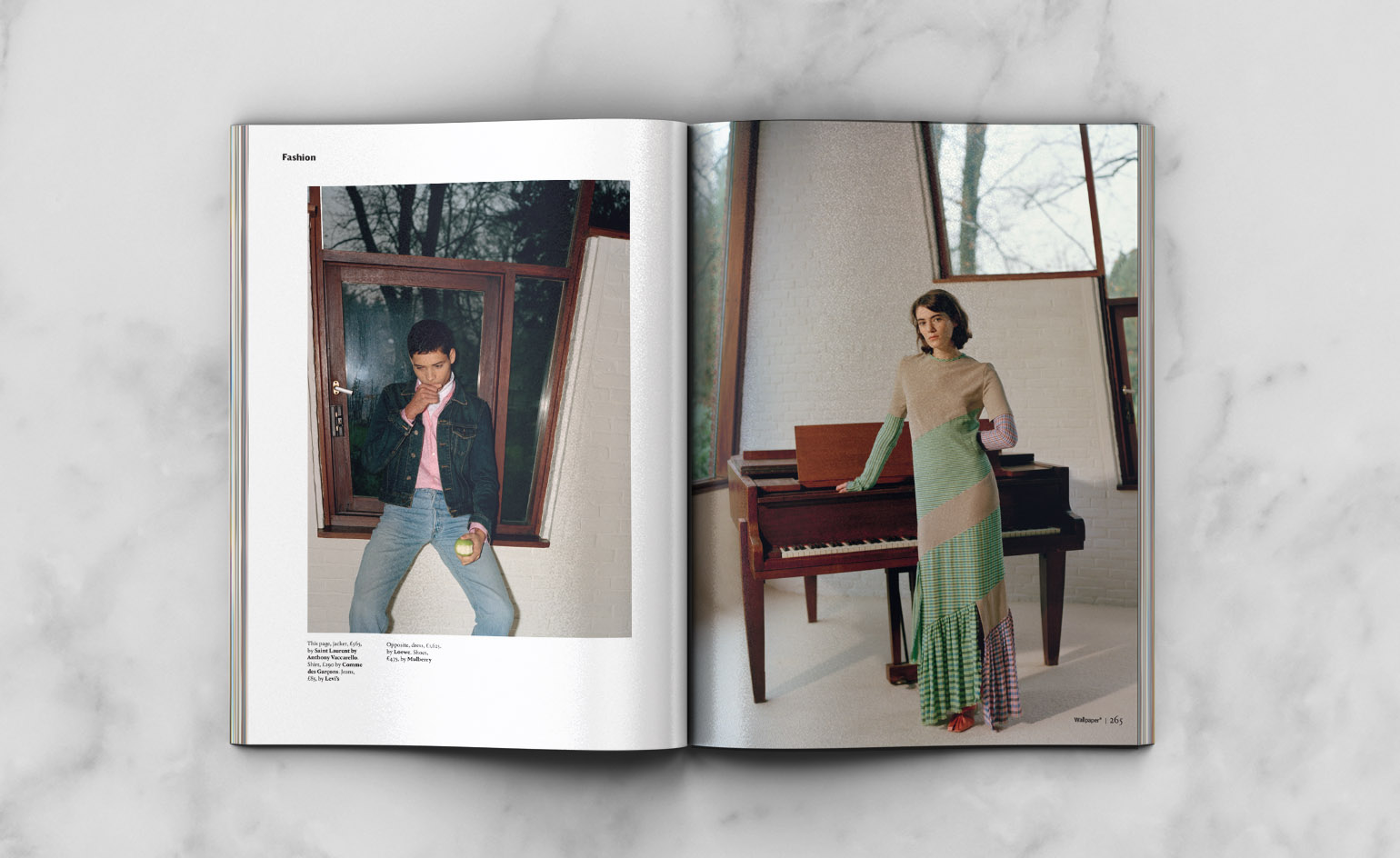
Wallpaper* visited Alsteens house for a fashion shoot by photographer Esther Theaker in the April issue (W*229)
The Alsteens house, completed in 1967, follows a similar approach. The sculptural structure is nestled among trees in a sleepy, leafy residential neighbourhood outside the village’s main core. Just 30 minutes by train from Brussels, this affluent part of the world has been traditionally inhabited by diplomats and expats working in the capital, so large family villas are very much part of the landscape. In terms of style, Braem’s project - one of the very few outside Antwerp – is as far removed from the existing built fabric as you can get.
Comprising three main sections, the house is a composition of cascading bricks, smooth, curved walls and a solid concrete roof with an overhang. Inside, painted white bricks create a compact, cocooning space. Steps and different levels help create ‘zones’ within the house. The main entrance hall sits right at its heart, still featuring the original built-in furnishings. Next to it are a cloakroom and a small kitchen. A staircase leads down to the bedrooms and bathrooms, while upstairs, a spacious living room makes for the house’s real centrepiece, with its rounded corners, large strip windows and sculptural brick fireplace.
After the building’s completion, Alsteens and his wife bought a house in Brussels and moved there, but the Overijse house stayed in the family, later owned by Alsteens’ twin brother Edgard and his sister Denise. They rented it out almost continuously for more than half a century. Now a listed historical monument, the house returns to the family’s life once again, as it is about to be lovingly restored to become the permanent home of the next generation of Alsteens.
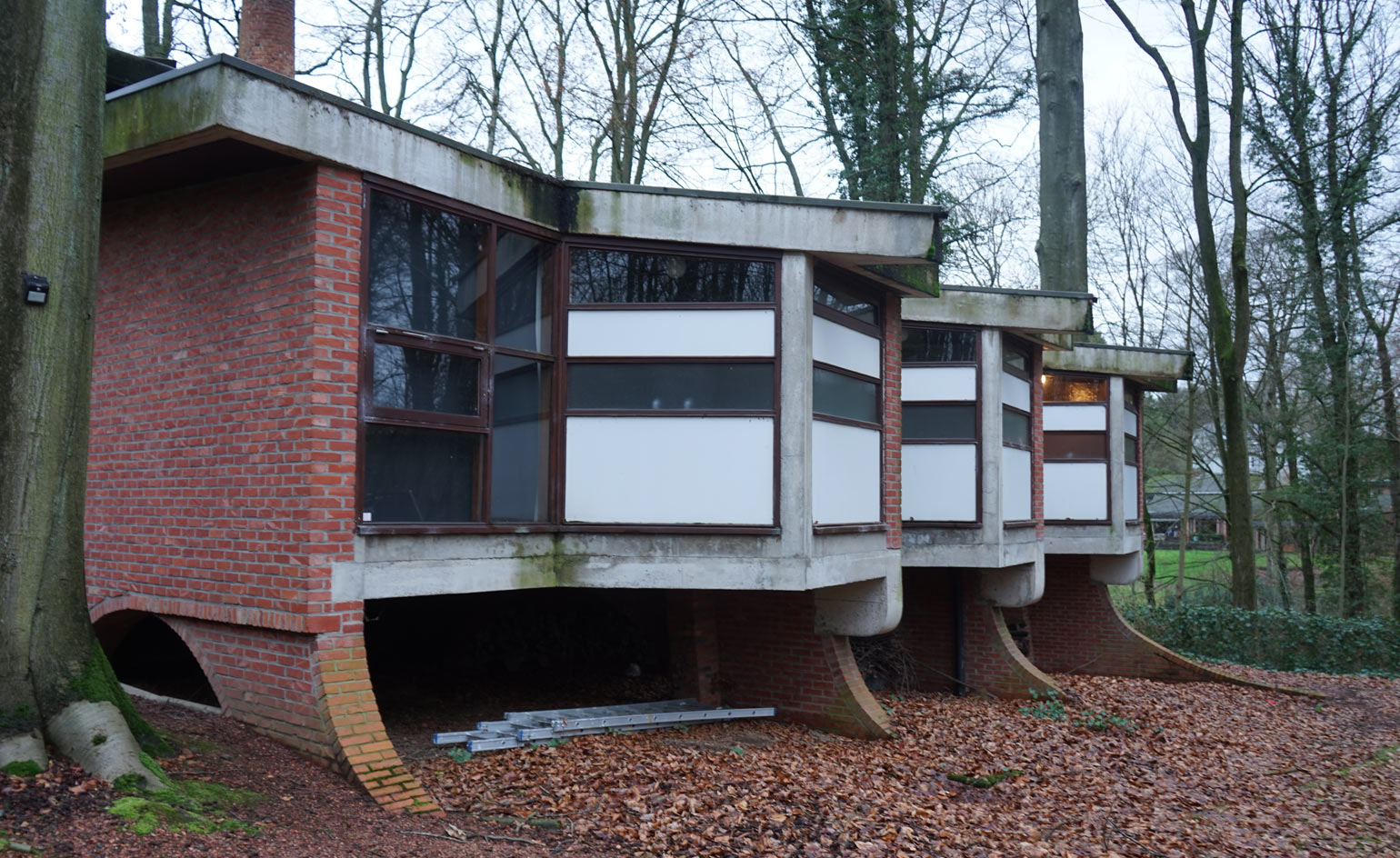
Created in 1967, the house sits in the forest outside the village of Overijse, near Brussels.
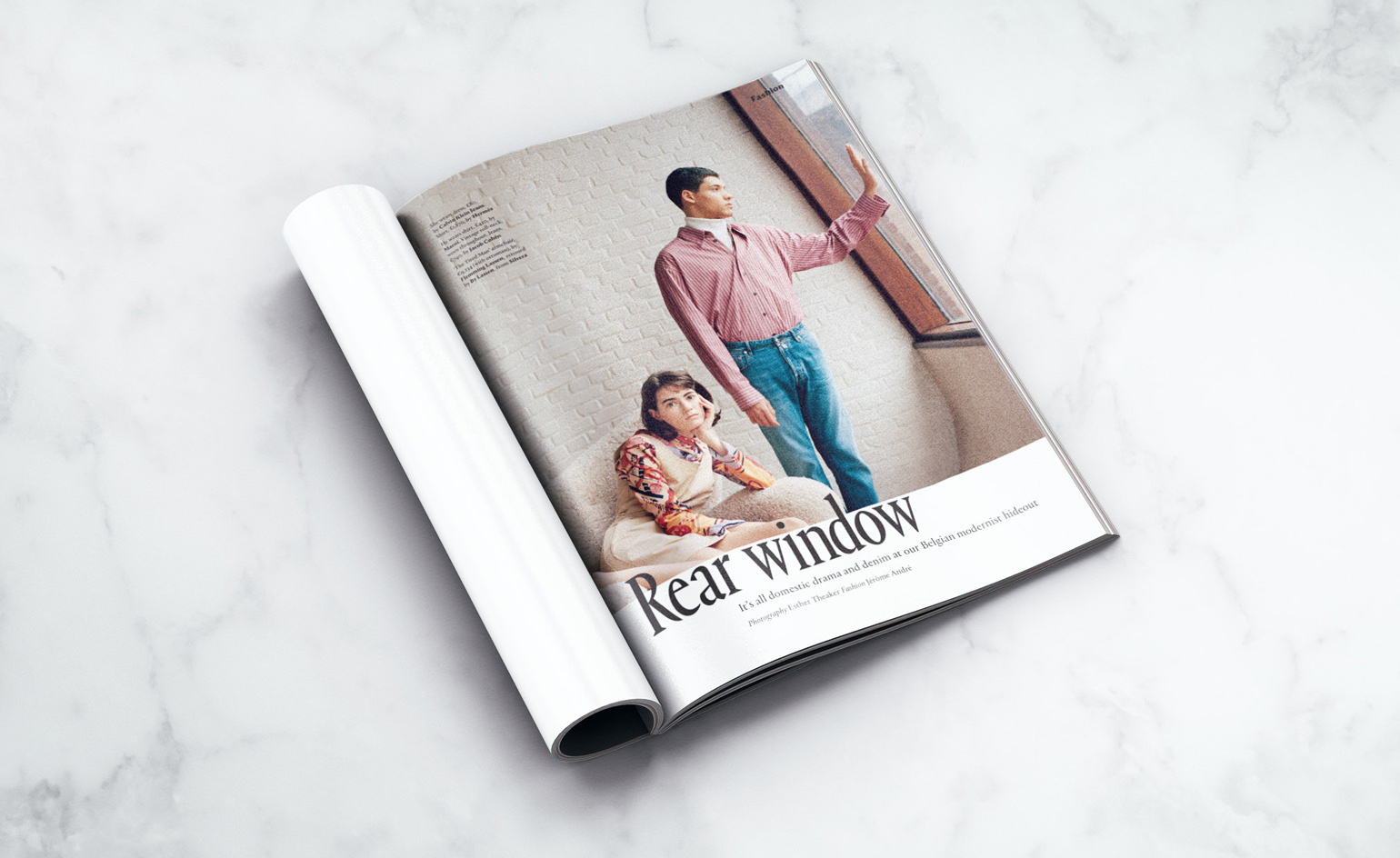
Wallpaper* created some domestic drama and brought in some denim with fashion styling by Jérôme André at the modernist hideout for the April issue (W*229)
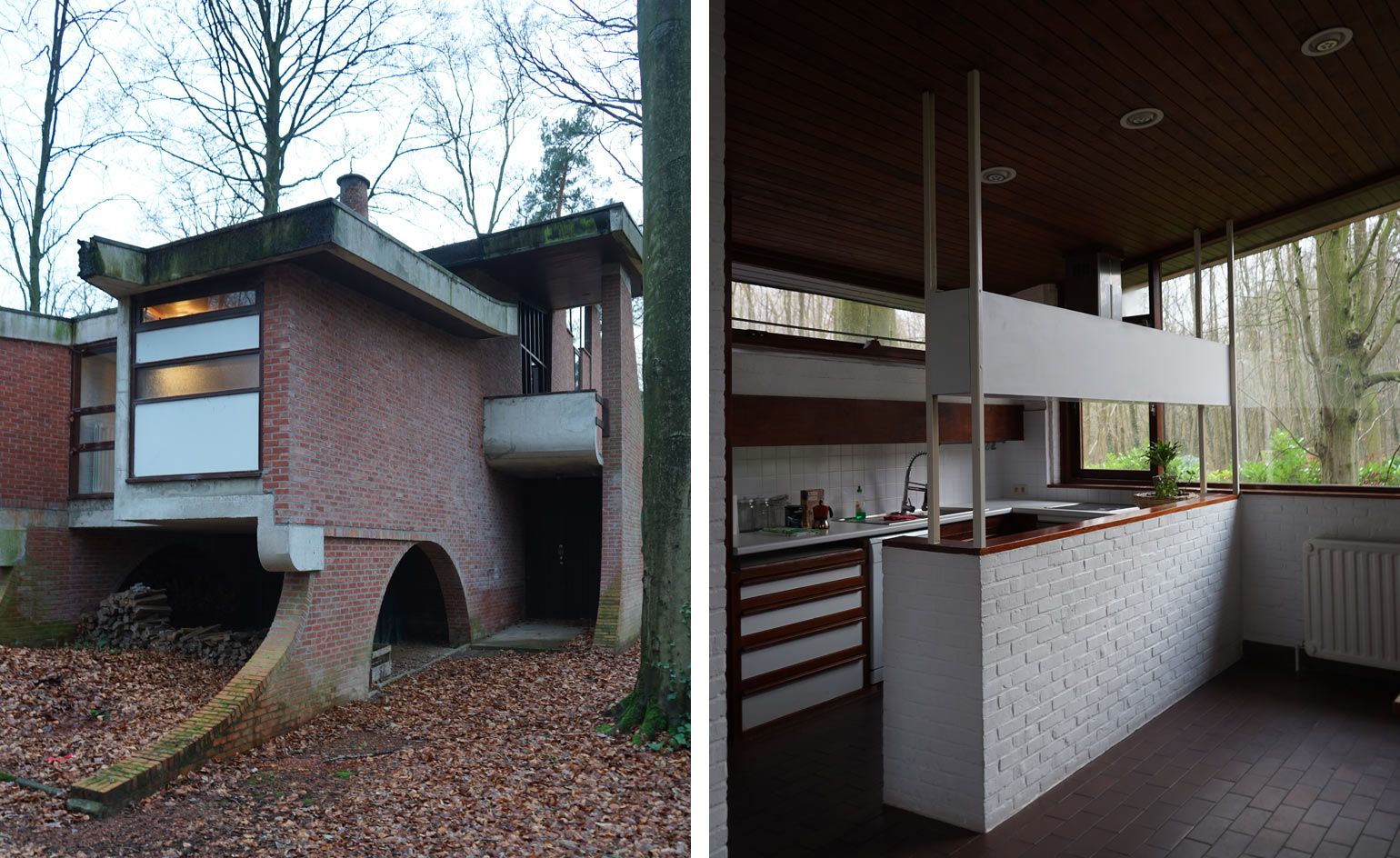
The single family, sculptural brick house is located within a quiet residential area.
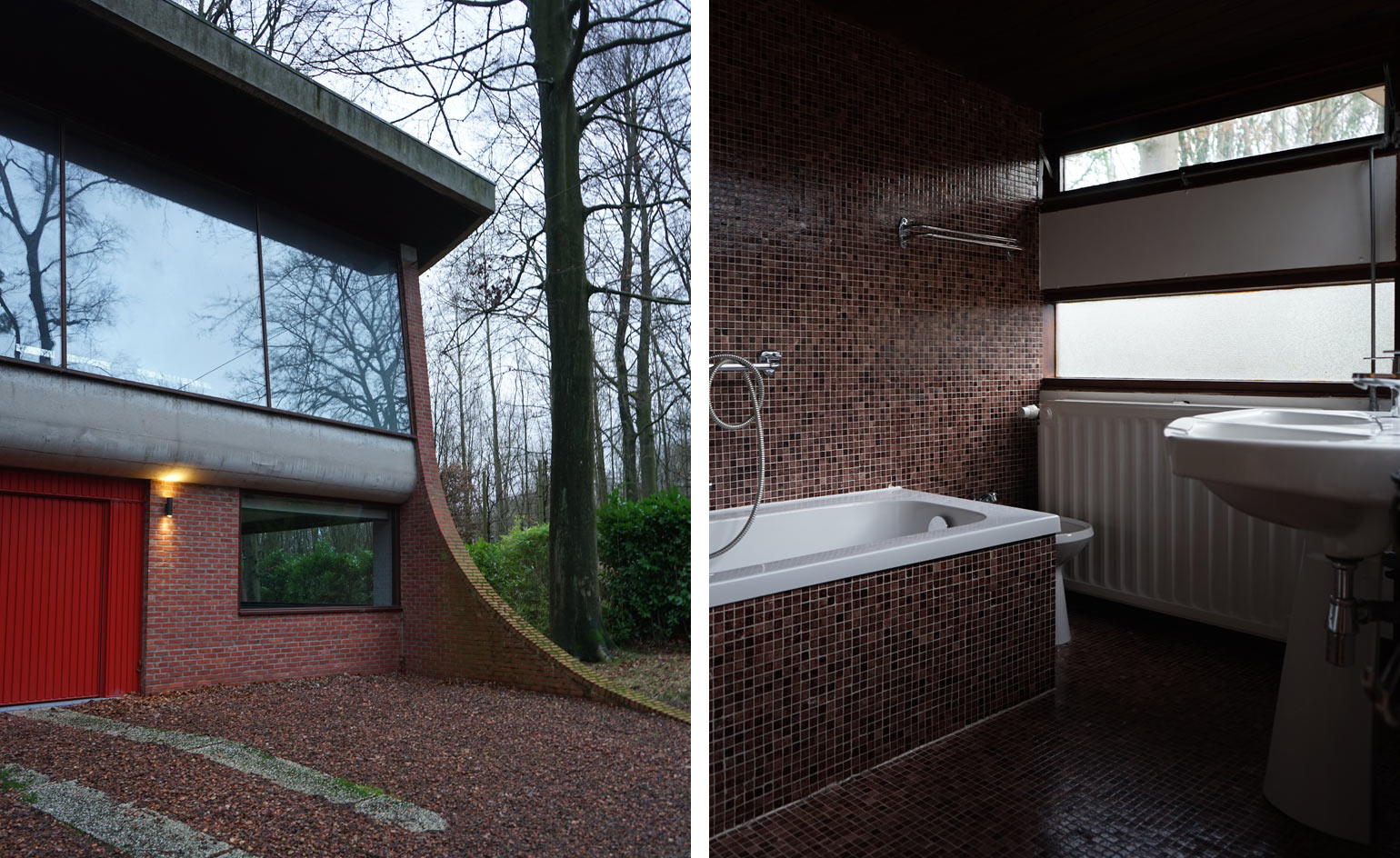
In terms of style, Braem’s project - one of the very few outside Antwerp – is as far removed from the existing built fabric as you can get.
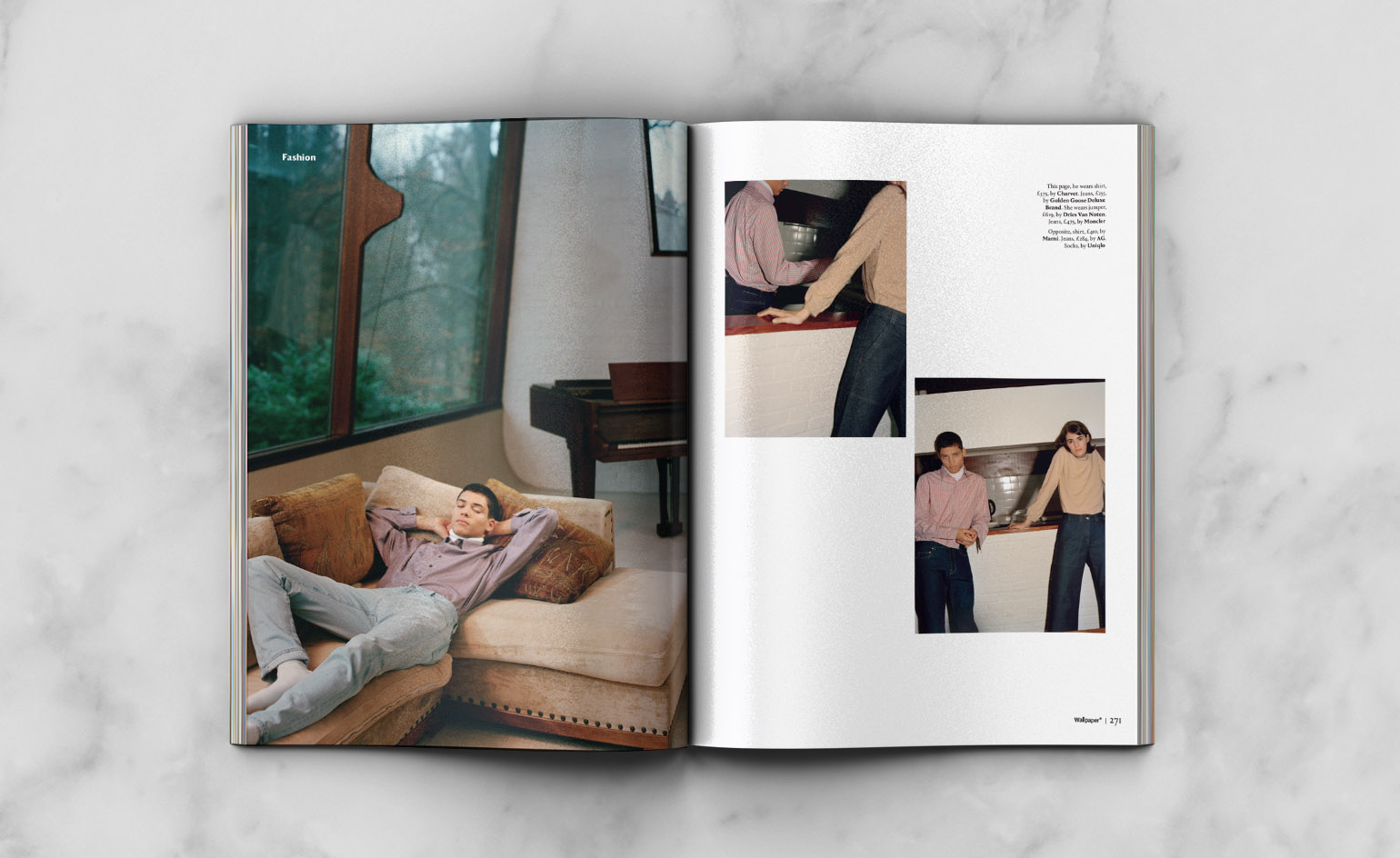
Photographer Esther Theaker captured models wearing denim by Golden Goose Deluxe Brand, AG and Moncler at Alsteens house for the April issue (W*229)
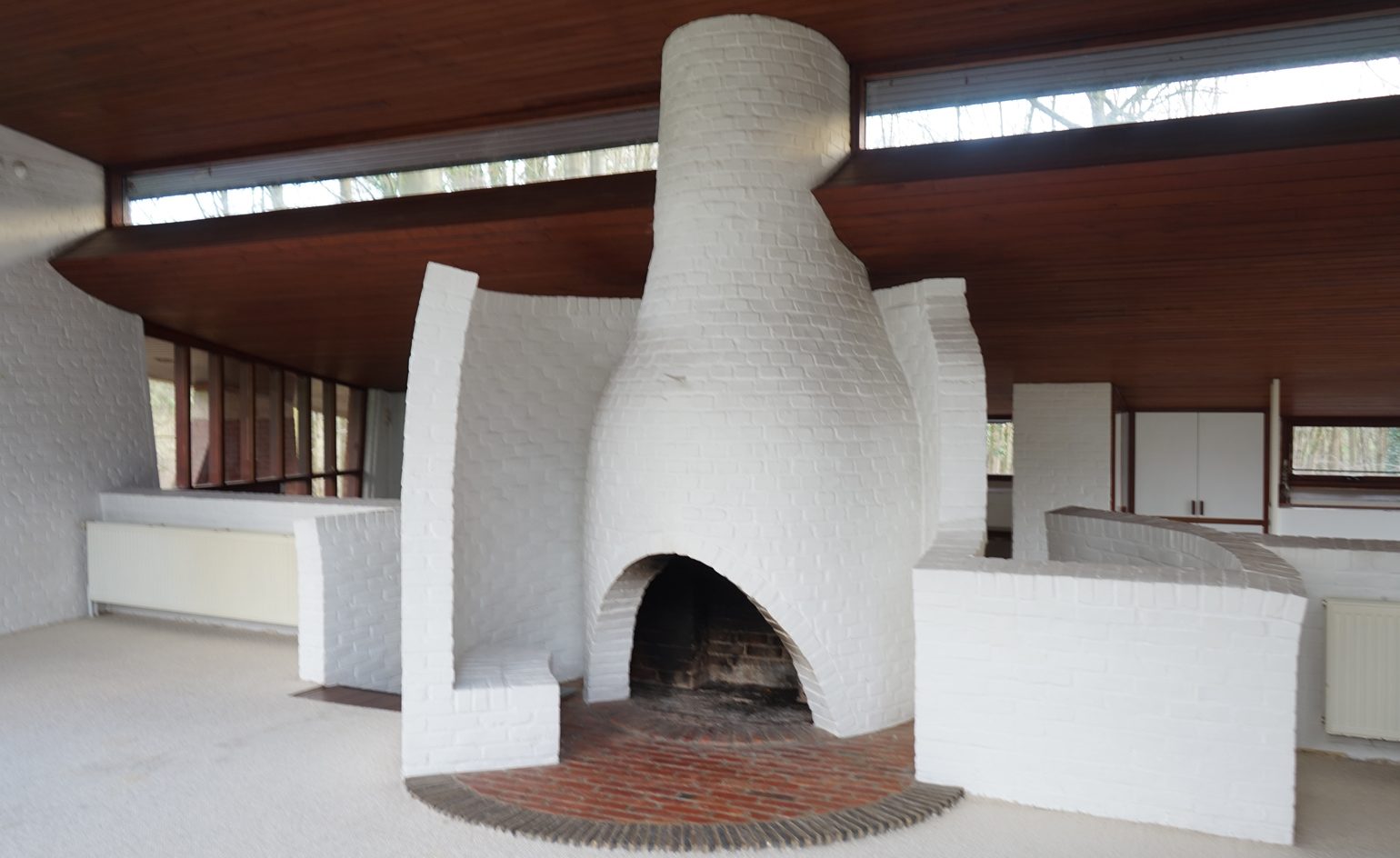
A staircase leads down to the bedrooms and bathrooms, while upstairs, a spacious living room makes for the house’s real centrepiece, with its rounded corners, large strip windows and sculptural brick fireplace.
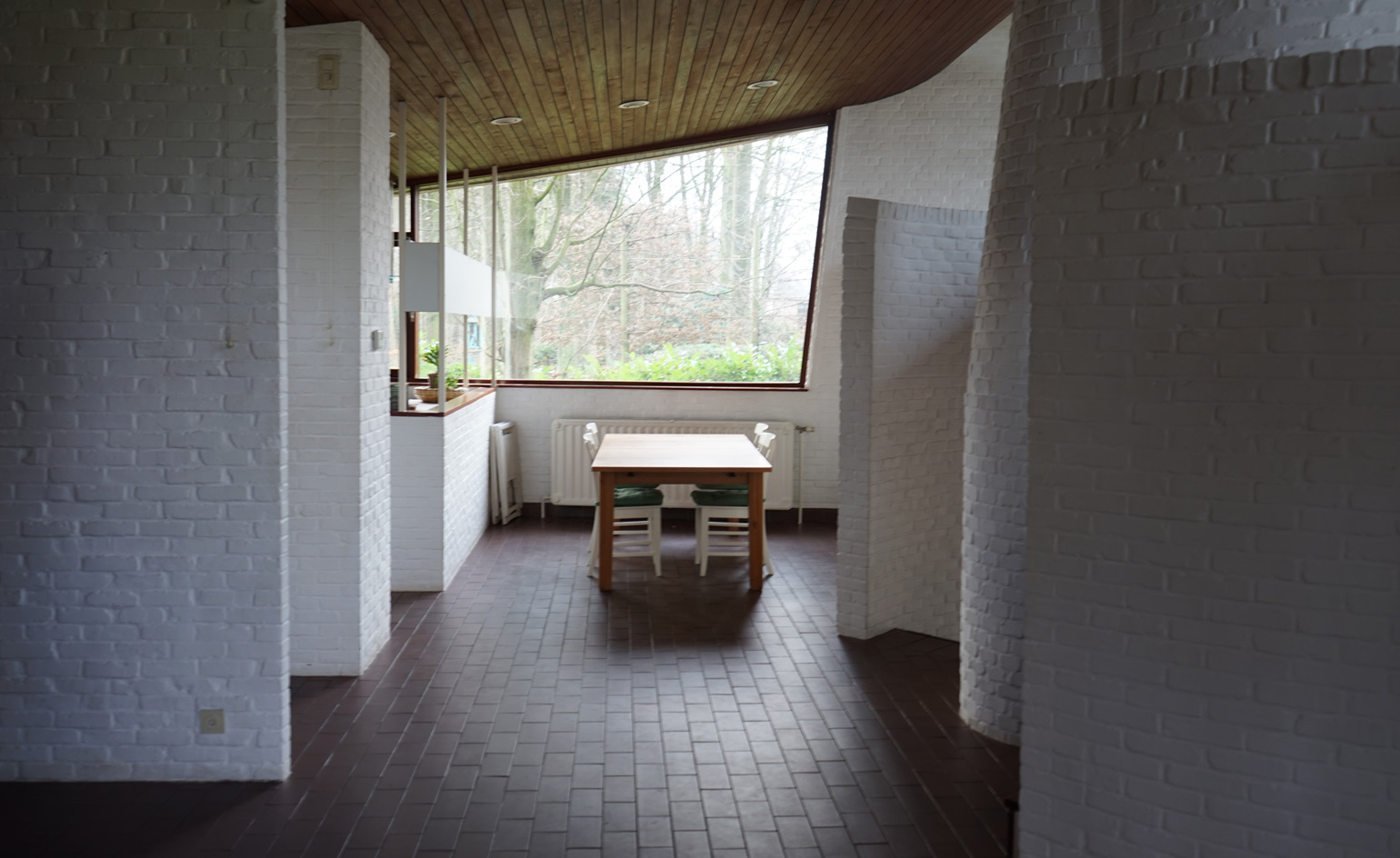
Painted white bricks create a compact, cocooning space inside.
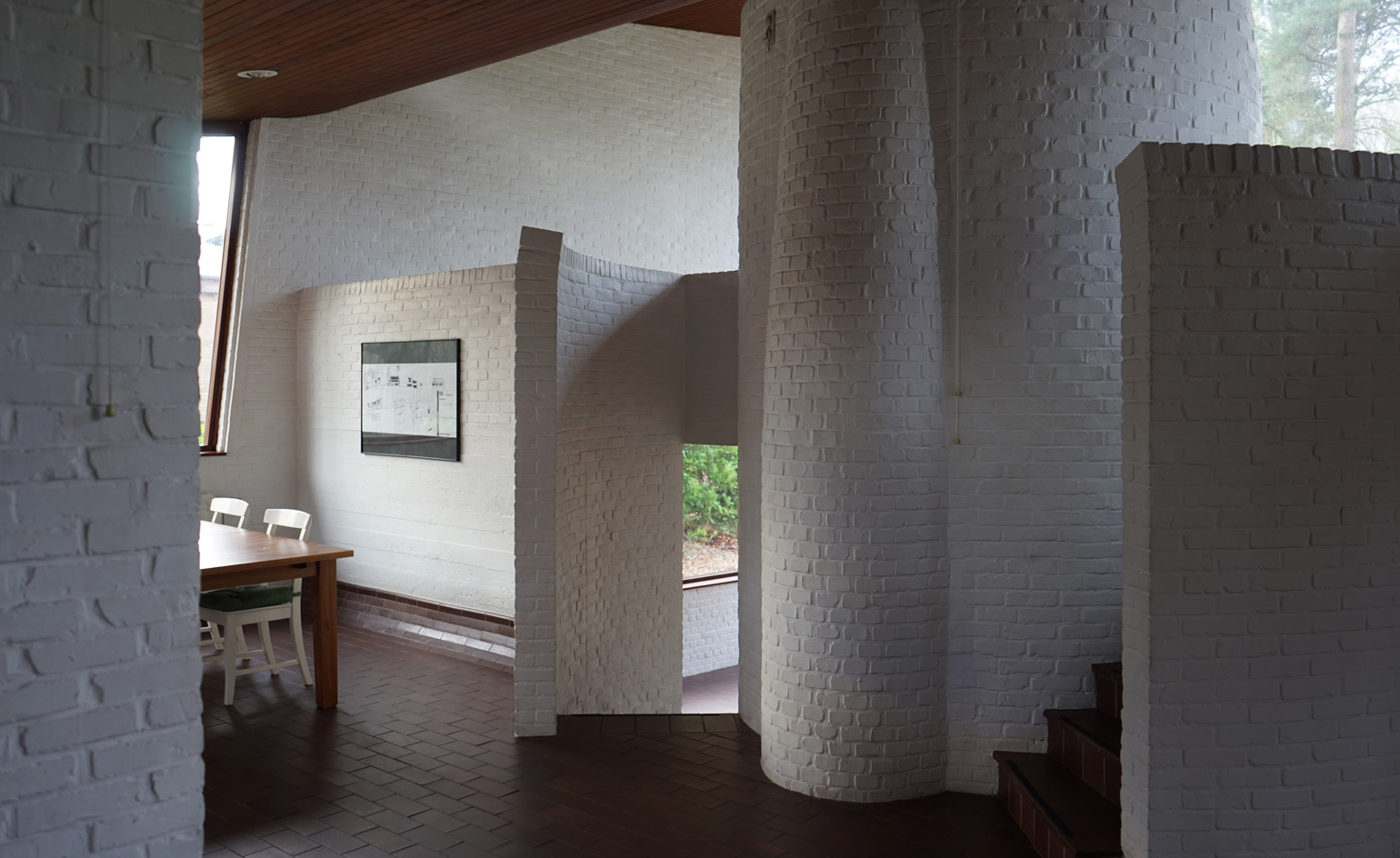
Steps and different levels help create ‘zones’ within the house.
Receive our daily digest of inspiration, escapism and design stories from around the world direct to your inbox.
Adam Štěch is an architectural historian, curator, writer and photographer, based in Prague. He is the author of books including Modern Architecture and Interiors (2006), editor of design magazine Dolce Vita and a contributor to titles including Wallpaper* and Frame, while also teaching at Scholastika in Prague.
-
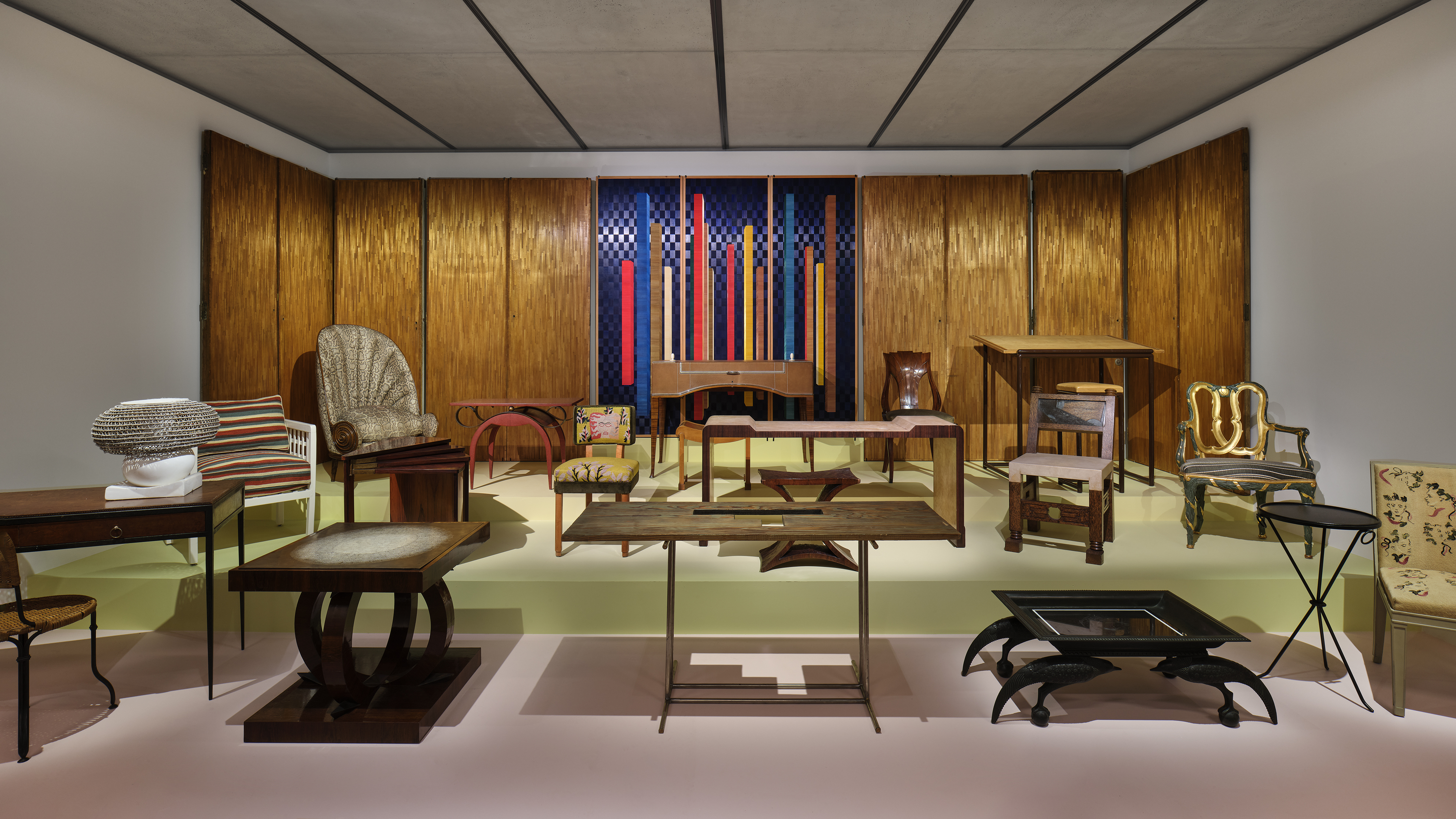 Art Deco's centenary is honoured with a grand exhibition in Paris
Art Deco's centenary is honoured with a grand exhibition in ParisTo mark 100 years of Art Deco, the Musée des Arts Décoratifs in Paris is holding a retrospective that includes furniture, tableware, clothing, jewellery and objets d’art (on view until 26 April 2026)
-
 ‘Lucybelle II’ is a small scale homage to an iconic racing Ferrari, created by Hedley Studios
‘Lucybelle II’ is a small scale homage to an iconic racing Ferrari, created by Hedley StudiosHedley Studio has shaped an exacting 75% scale replica of the 1958 Ferrari Testa Rossa J ‘Lucybelle II’, complete with track-worn patina
-
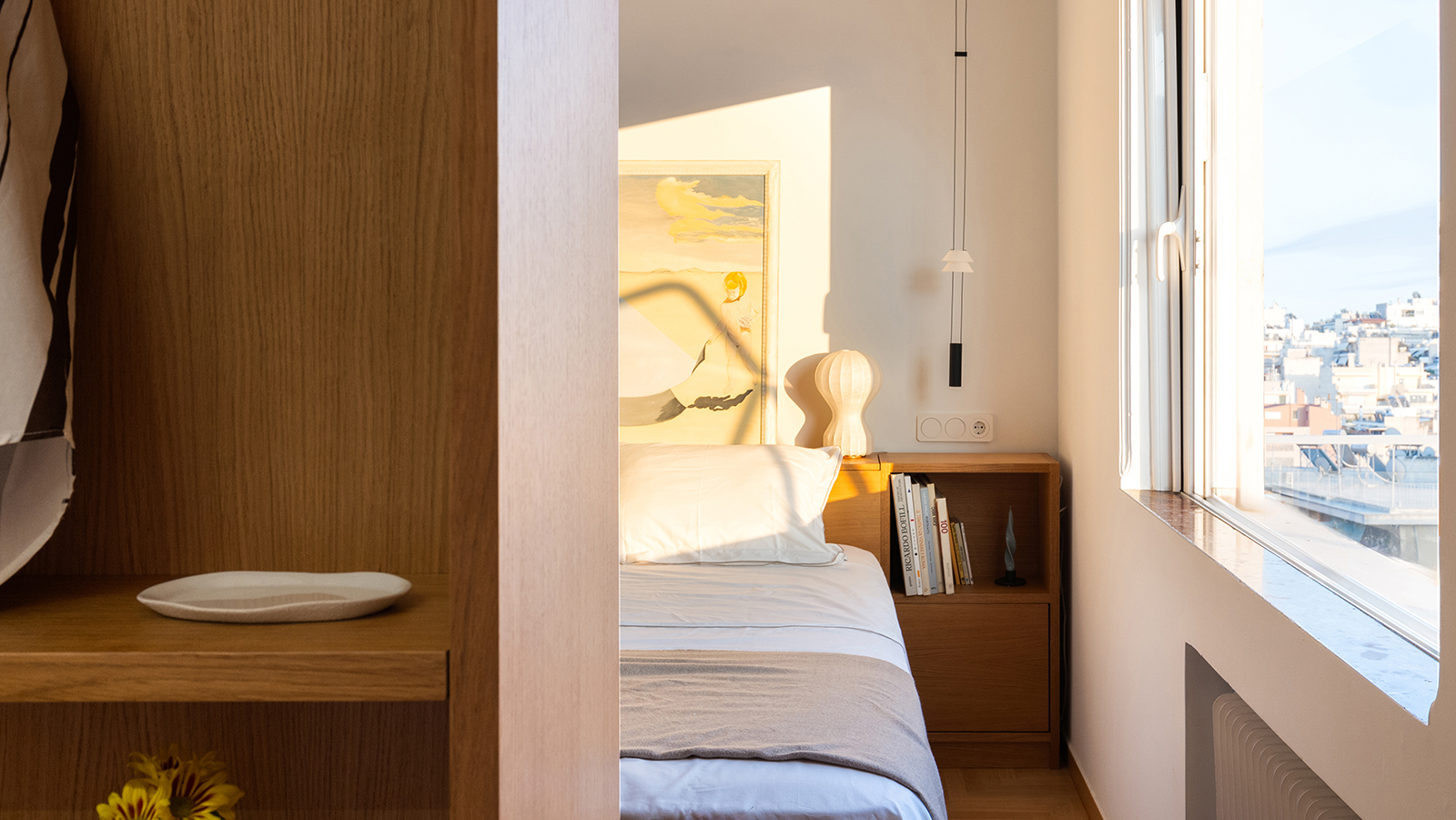 Explore a refreshed Athens apartment full of quirk and midcentury character
Explore a refreshed Athens apartment full of quirk and midcentury characterA 1960s Athens apartment is revived by architects Aspassia Mitropapa and Christina Iliopoulou, who elegantly brought its midcentury appeal to the 21st century
-
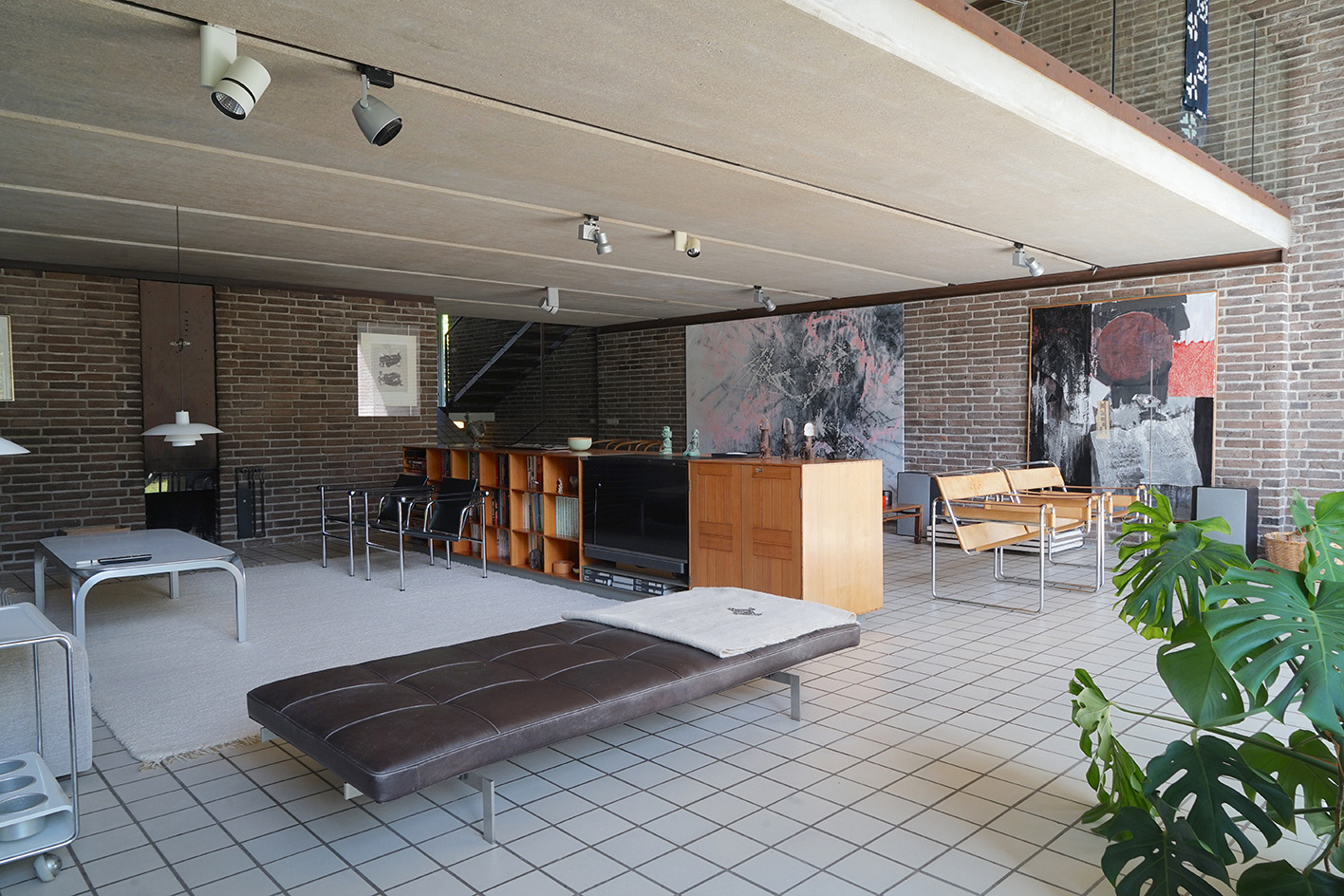 Three lesser-known Danish modernist houses track the country’s 20th-century architecture
Three lesser-known Danish modernist houses track the country’s 20th-century architectureWe visit three Danish modernist houses with writer, curator and architecture historian Adam Štěch, a delve into lower-profile examples of the country’s rich 20th-century legacy
-
 The Architecture Edit: Wallpaper’s houses of the month
The Architecture Edit: Wallpaper’s houses of the monthThis September, Wallpaper highlighted a striking mix of architecture – from iconic modernist homes newly up for sale to the dramatic transformation of a crumbling Scottish cottage. These are the projects that caught our eye
-
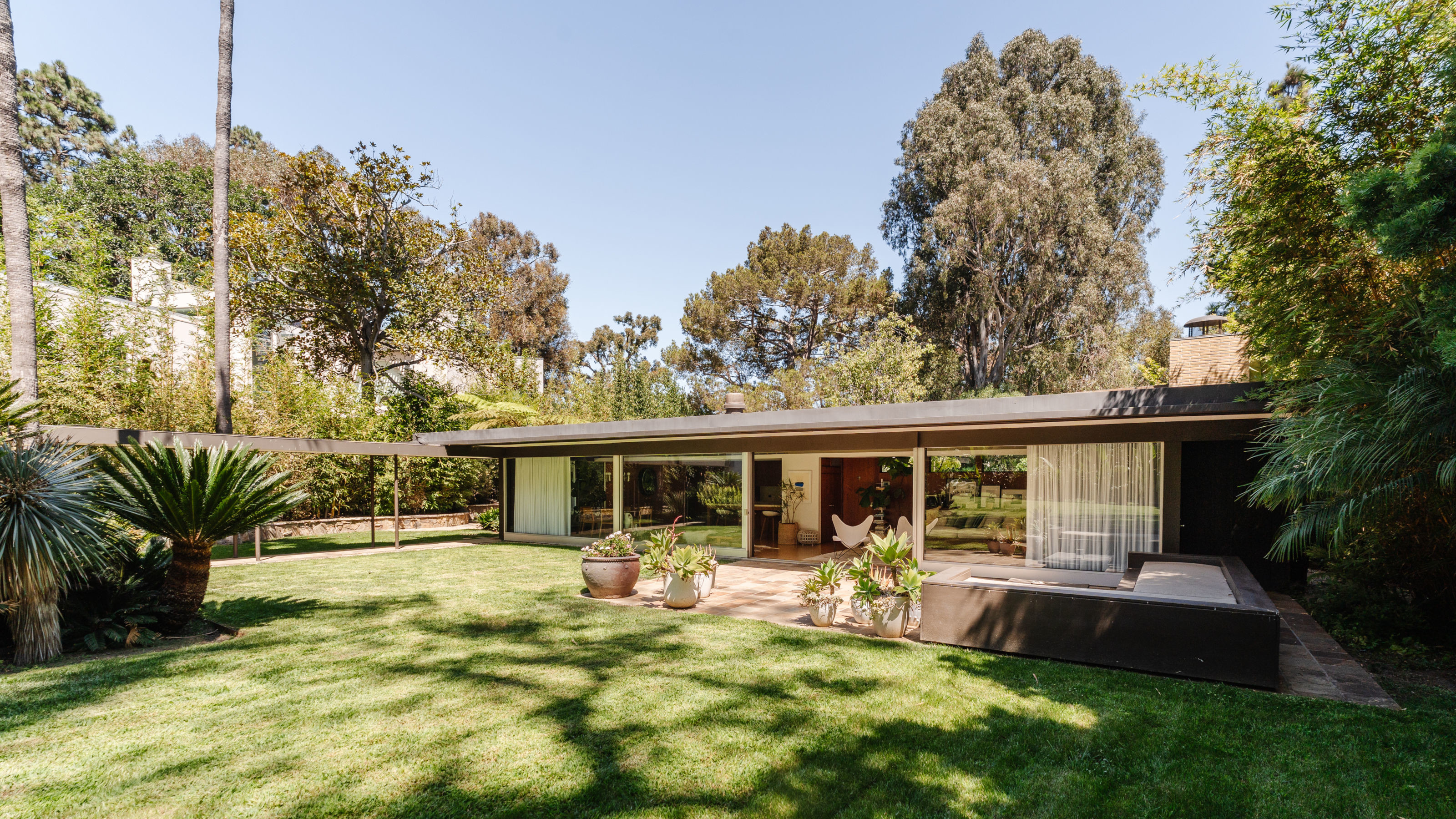 Richard Neutra's Case Study House #20, an icon of Californian modernism, is for sale
Richard Neutra's Case Study House #20, an icon of Californian modernism, is for salePerched high up in the Pacific Palisades, a 1948 house designed by Richard Neutra for Dr Bailey is back on the market
-
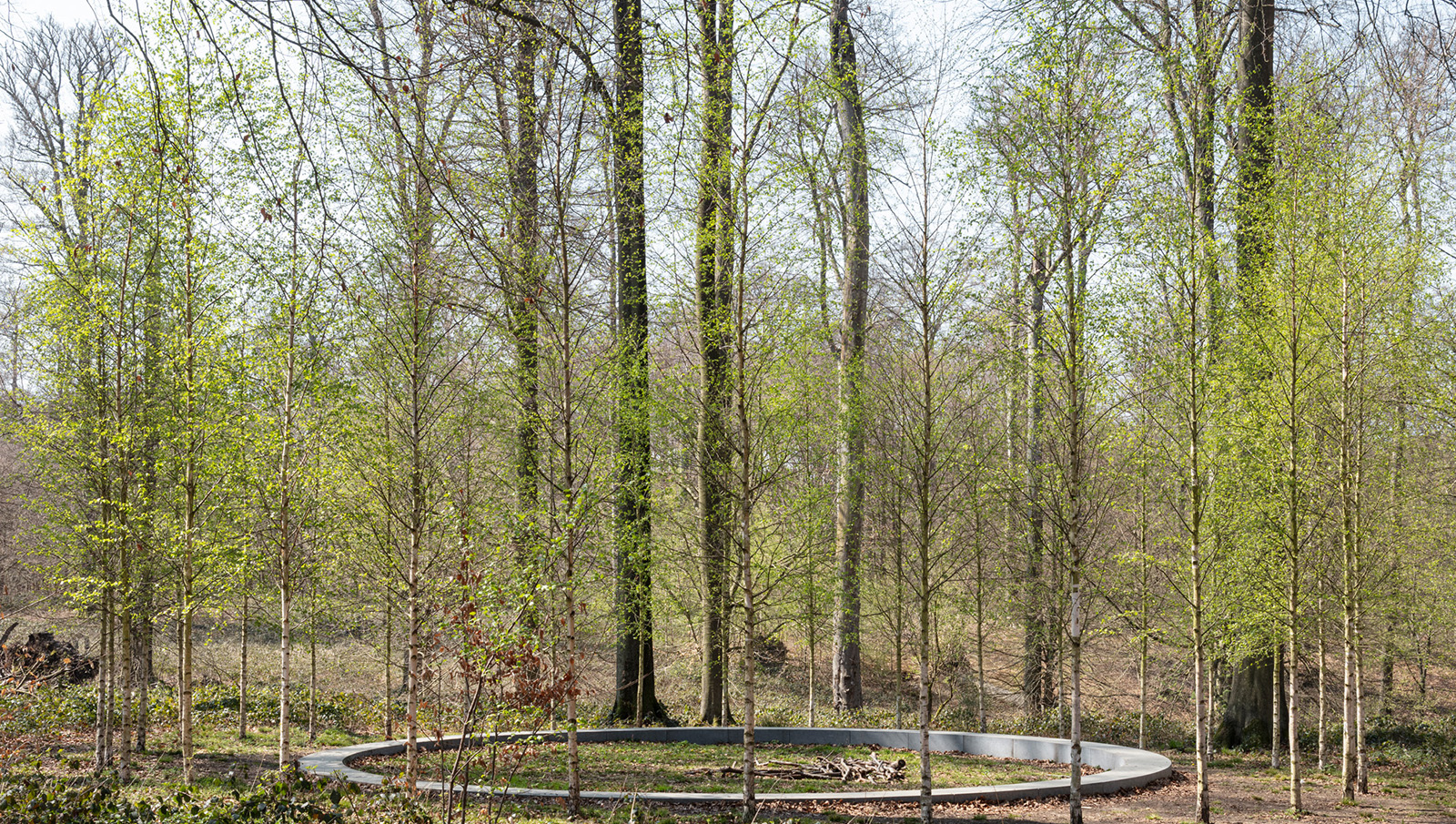 ‘Landscape architecture is the queen of science’: Emanuele Coccia in conversation with Bas Smets
‘Landscape architecture is the queen of science’: Emanuele Coccia in conversation with Bas SmetsItalian philosopher Emanuele Coccia meets Belgian landscape architect Bas Smets to discuss nature, cities and ‘biospheric thinking’
-
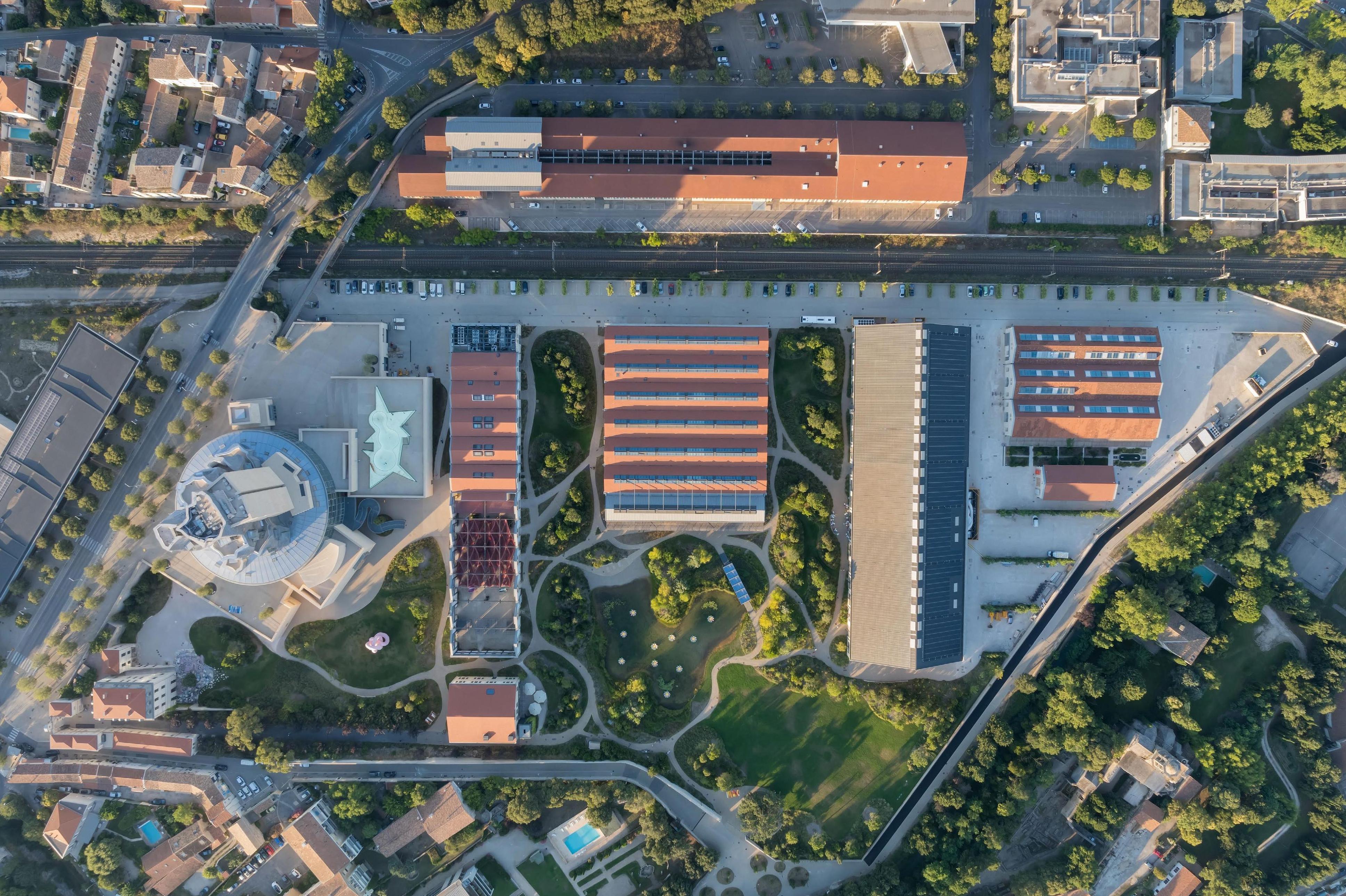 Explore the landscape of the future with Bas Smets
Explore the landscape of the future with Bas SmetsLandscape architect Bas Smets on the art, philosophy and science of his pioneering approach: ‘a site is not in a state of “being”, but in a constant state of “becoming”’
-
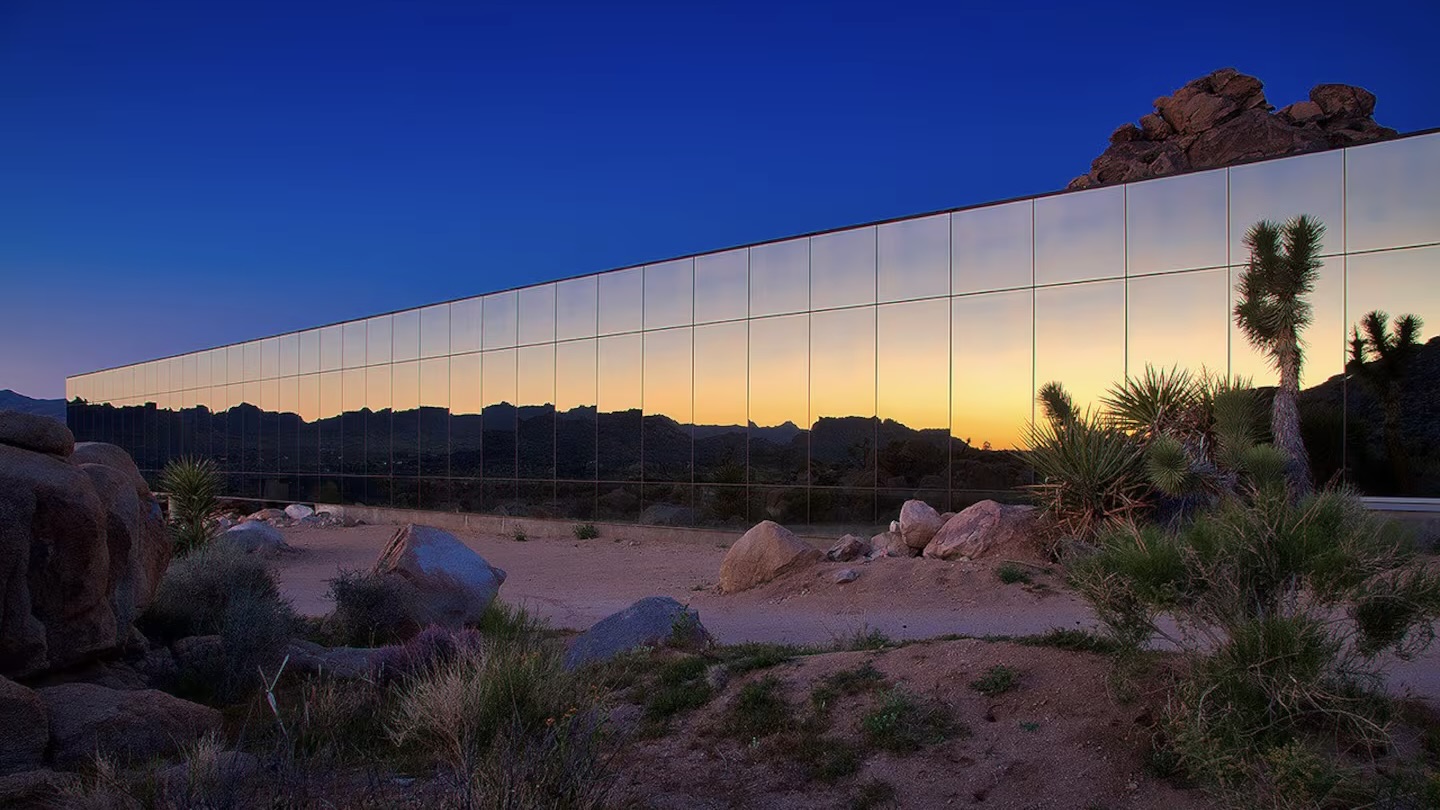 The best of California desert architecture, from midcentury gems to mirrored dwellings
The best of California desert architecture, from midcentury gems to mirrored dwellingsWhile architecture has long employed strategies to cool buildings in arid environments, California desert architecture developed its own distinct identity –giving rise, notably, to a wave of iconic midcentury designs
-
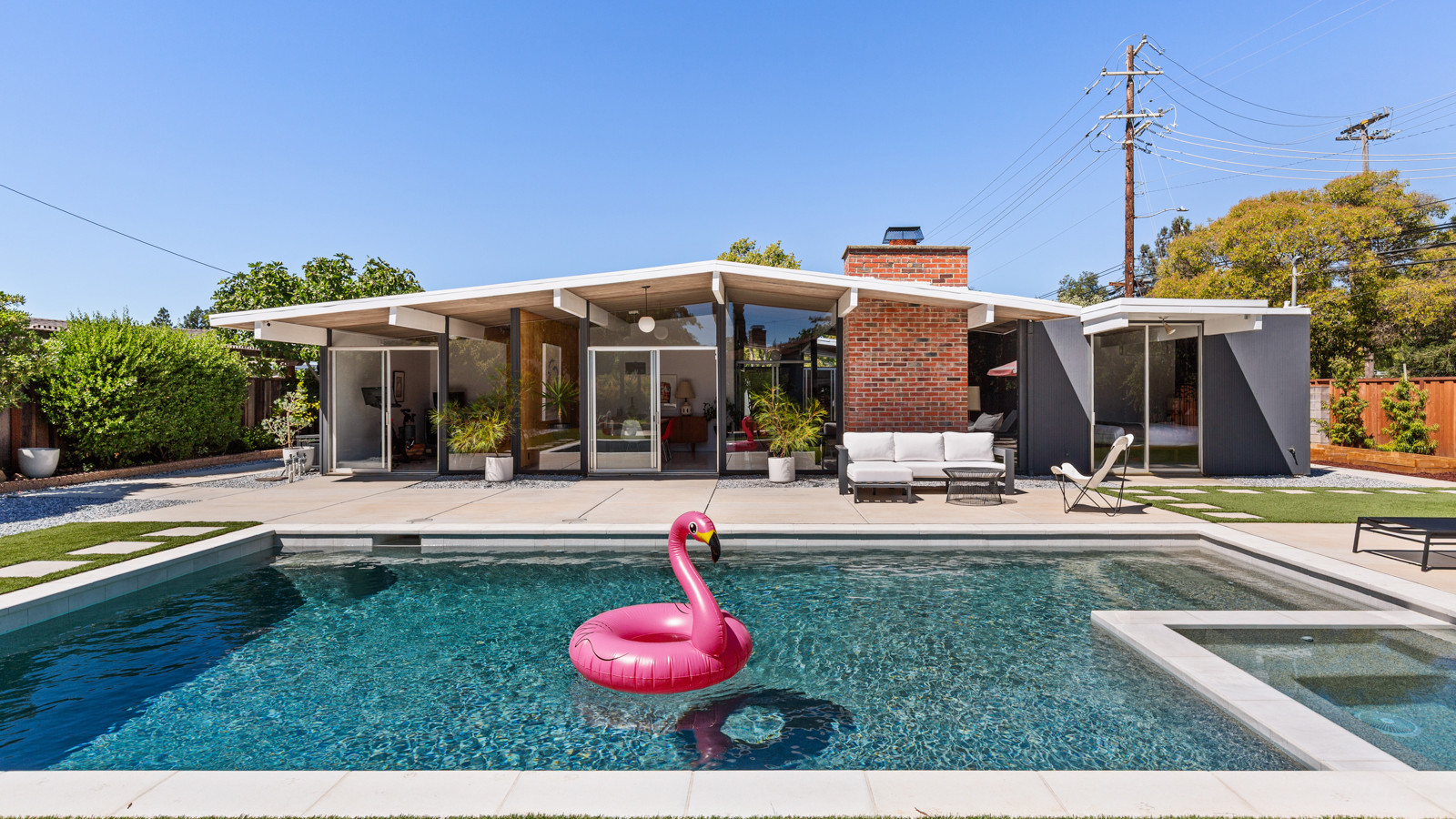 A restored Eichler home is a peerless piece of West Coast midcentury modernism
A restored Eichler home is a peerless piece of West Coast midcentury modernismWe explore an Eichler home, and Californian developer Joseph Eichler’s legacy of design, as a fine example of his progressive house-building programme hits the market
-
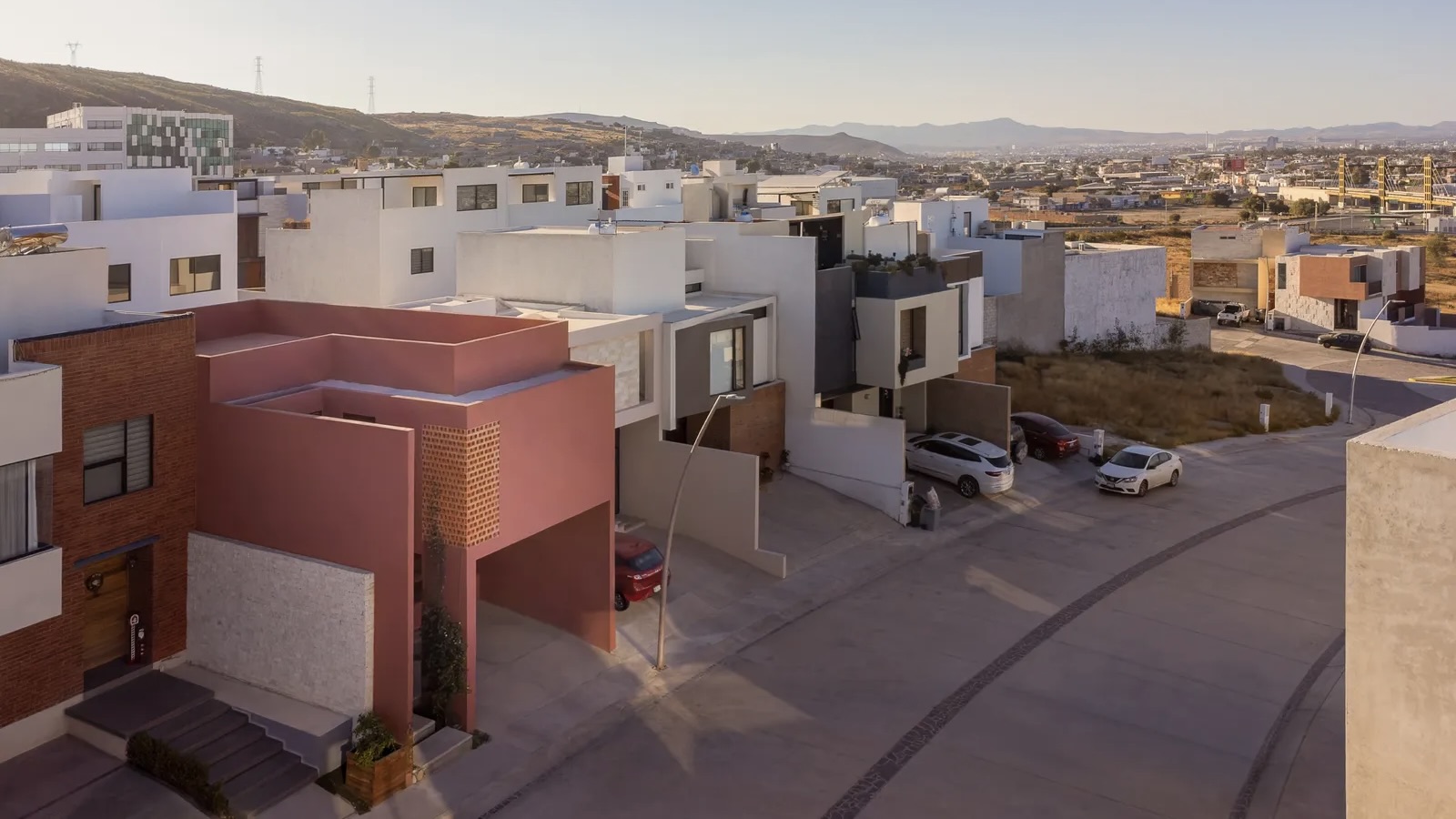 The Architecture Edit: Wallpaper’s houses of the month
The Architecture Edit: Wallpaper’s houses of the monthWallpaper* has spotlighted an array of remarkable architecture in the past month – from a pink desert home to structures that appears to float above the ground. These are the houses and buildings that most captured our attention in August 2025